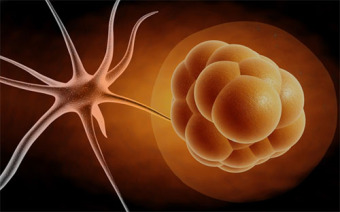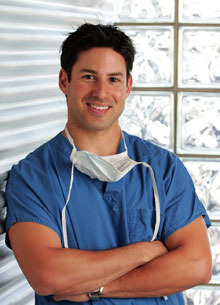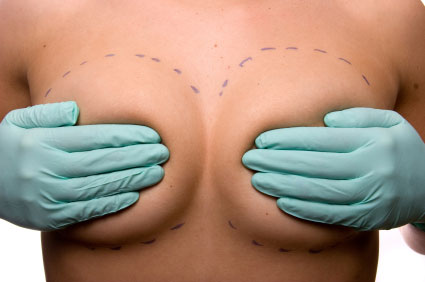Adipose-Derived Stem Cells In Cosmetic Surgery: Ready For Prime Time?
/ Are adipose-derived stem cells in cosmetic surgery ready for prime time use in your cosmetic practice?
Are adipose-derived stem cells in cosmetic surgery ready for prime time use in your cosmetic practice?
Google “aesthetic stem cell treatments” and you will be greeted with a panoply of therapeutic offerings ranging from mundane to fantastic. Injecting your own adipose derived stem cells can lift your face, tighten your skin, enlarged your breast, slow the ageing process and even put some zip in your libido if injected into anatomically correct nether regions. Cosmeceutical manufacturers are even putting non-viable stem cells into facial creams hoping to knock 10 years off your visage. These marketing claims have captivated the public with the promise of a minimally invasive fountain of youth.
Adipose-derived stem cells are multipotent and possess the ability to differentiate into fat, bone, cartilage, nerves and pancreatic tissue. They also secrete cytokines that are angiogenic, antioxidative and immunosuppressive. They release a whole host of growth factors that facilitate wound healing and tissue regeneration. Stem cells hold great clinical potential and offer considerable commercial possibilities.
We are all very enthusiastic about the promise and potential offered by the emerging field of adipose- derived stem cell science. Encouraging data from hundreds of ongoing international trials support a bright future for aesthetic and regenerative applications and real progress has been made in developing methodologies and protocols for every day clinical use. Yet many are advising caution.
A recent review in Plastic and Reconstructive Surgery notes that there is considerable uncertainty about the true clinical potential of adipose-derived stem cells and too much remains unknown about their fundable biology to be used safely and reliably. There are several contradictory studies about whether these cells promote or repress cancer growth. There are no standard protocols yet developed for adipose-derived stem cell applications. We still are unsure of the number of cells required per treatment or how many treatments are needed to achieve a desired clinical outcome predictably. In short, we are not quite sure what we are doing yet with adipose-derived stem cells despite the encouraging science and our best intentions.
A lot remains unknown about how to effectively and safely use this new technology. To market aesthetic stem cell procedures outside of clinical trials to the public seems a bit deceptive considering the current state of the art. What do you think??








